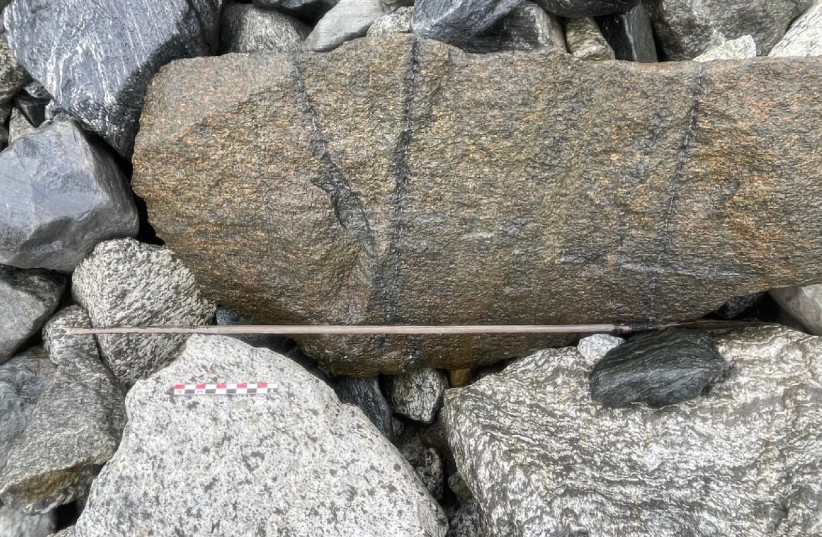This Bronze Age arrowhead was made from materials out of this world
An arrowhead from 900-800 BCE was found to be made of materials not naturally found on Earth.
Geologists and historians have discovered an arrowhead constructed from meteoritic iron, a material not naturally found on Earth, according to a new study published in July.
The peer-reviewed study, published in the academic Journal of Archaeological Science, analyzed the arrowhead which was being held in the Bern History Museum.
The arrowhead’s material was found to be partially made of aluminum-26 isotopes, which is a material that is not naturally found on Earth. Further testing showed that metals included an iron and nickel alloy, which has only been detected in meteorites.

Where did the arrowhead come from?
While it is incredibly likely that the materials of the arrowhead came from space, it is believed that the weapon was once used by Earthlings. More specifically, a group of individuals existed in Mörigen, Lake of Biel in Switzerland during the Bronze Age, from 900-800 BCE.
The Twannberg meteorite had crashed into Earth less than 5 miles from where the arrowhead had been found. However, despite initial theories that this was the source of the material, the concentrations of germanium and nickel on the arrowhead did not match the Twannberg.
Failing to match the arrowhead to the Twannberg meteorite, the researchers began analyzing other meteors that fell during that time period.
Through this analysis, they realized that a meteorite from Estonia was the most likely source for the arrowhead. This proved that there was a large amount of trade occurring throughout the Bronze Age in Central Europe.


No comments:
Post a Comment
Stick to the subject, NO religion, or Party politics